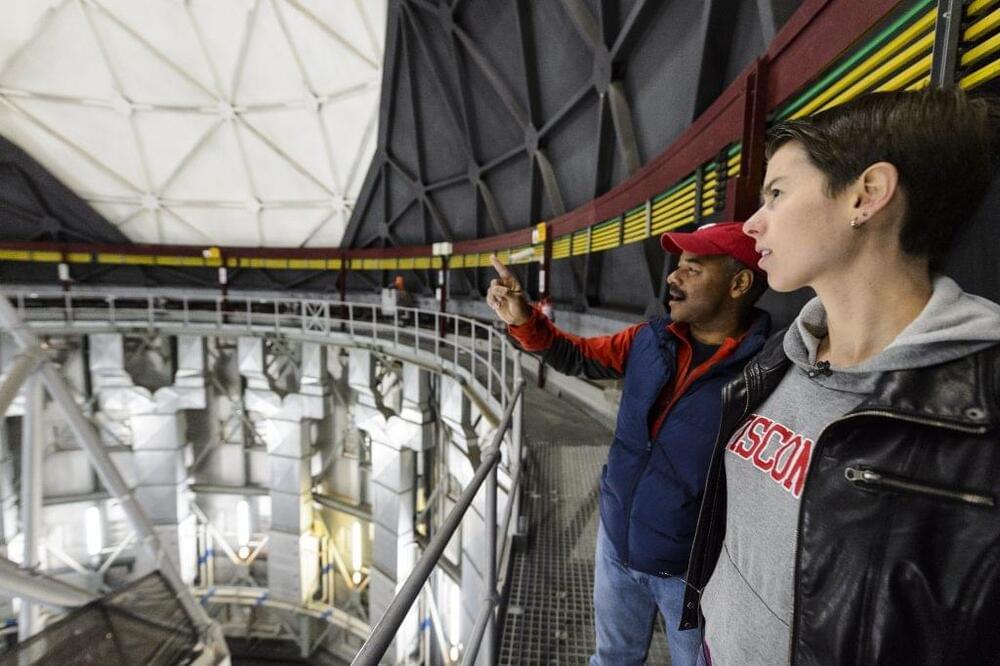Scientists have just found that using cubic boron arsenide in semiconductors could prove to be much better than silicon. Is silicon on its way out the door?
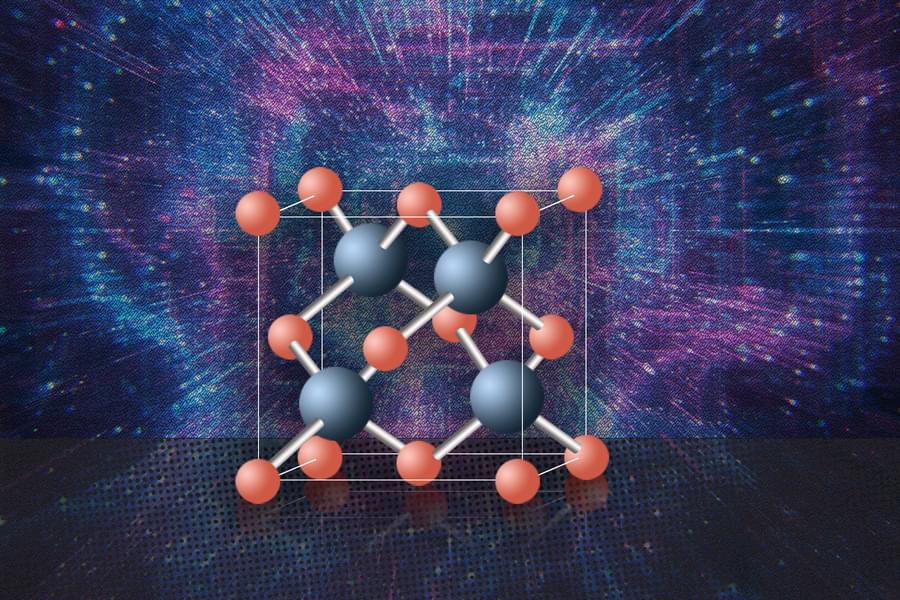

Scientists have just found that using cubic boron arsenide in semiconductors could prove to be much better than silicon. Is silicon on its way out the door?
But Lindgren received an abrupt request to comment on the day’s big news: the new Russian space chief Yuri Borisov said the nation, which has been a steady NASA partner in space and that has ferried American astronauts up to the ISS as recently as 2020, would end their decades-long space station collaboration.
The news spread on Tuesday after the Kremlin published a transcript meant to represent a dialogue between Borisov and President Vladimir Putin, in which Borisov tells Putin that Russia will end their partnership on the ISS in 2024.
“That’s a good question,” Lindgren said after twiddling with the microphone in microgravity.

Harnessing muons allows us to see through and inside objects to uncover their secrets.
A muon beam discovered a previously unknown room deep inside the Great Pyramid at Giza. Now DARPA wants to build muon beam imagers.
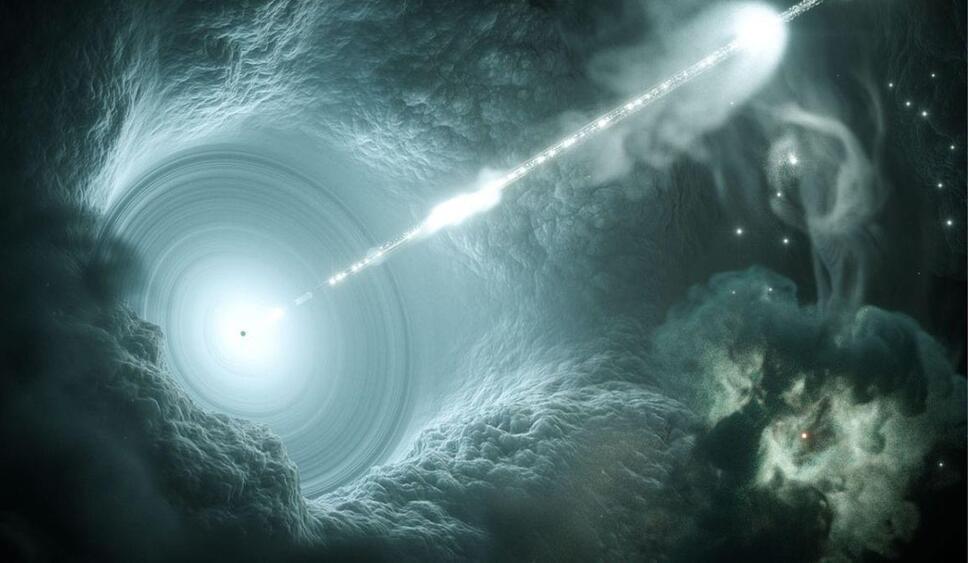
This is because cosmic rays consist of electrically charged particles, meaning as they journey billions of light-years from their source to Earth, they are repeatedly deflected by the magnetic fields of galaxies, making their sources impossible to spot.
Related: High-Energy ‘Ghost Particle’ Traced to Distant Galaxy in Astronomy Breakthrough
Some of the processes and events that launch cosmic rays also blast out astrophysical neutrinos, and these ‘ghost-like’ particles could be used as ‘messengers’ to solve this puzzle, a team of astrophysicists believes.

City College of New York physicist Pouyan Ghaemi and his research team are claiming significant progress in using quantum computers to study and predict how the state of a large number of interacting quantum particles evolves over time. This was done by developing a quantum algorithm that they run on an IBM quantum computer. “To the best of our knowledge, such particular quantum algorithm which can simulate how interacting quantum particles evolve over time has not been implemented before,” said Ghaemi, associate professor in CCNY’s Division of Science.
Entitled “Probing geometric excitations of fractional quantum Hall states on quantum computers,” the study appears in the journal of Physical Review Letters.
“Quantum mechanics is known to be the underlying mechanism governing the properties of elementary particles such as electrons,” said Ghaemi. “But unfortunately there is no easy way to use equations of quantum mechanics when we want to study the properties of large number of electrons that are also exerting force on each other due to their electric charge.”
Welcome to one of the world’s most remote construction projects.
For more by The B1M subscribe now — https://bit.ly/the-b1m.
Full story here — https://theb1m.com/video/faroe-islands-worlds-first-undersea-roundabout.
Narrator — Fred Mills.
Producer — Jaden Urbi.
Video Editing and Graphics — Jim Casey.
Executive Producers — Fred Mills and James Durkin.
Our thanks to Visit Faroe Islands. Additional footage and images courtesy of Kringvarp Føroya, P/F Eystur-og Sandoyartunlar, Alexandar Vujadinovic, Rasmus Steintórsson Biskopstø and Niels Jóhan Sigurðsson.
Listen to The World’s Best Construction Podcast by The B1M
Apple — https://apple.co/3OssZsH
Spotify — https://spoti.fi/3om1NkB
Amazon Music — https://amzn.to/3znmBP4
View this video and more at — https://www.TheB1M.com/

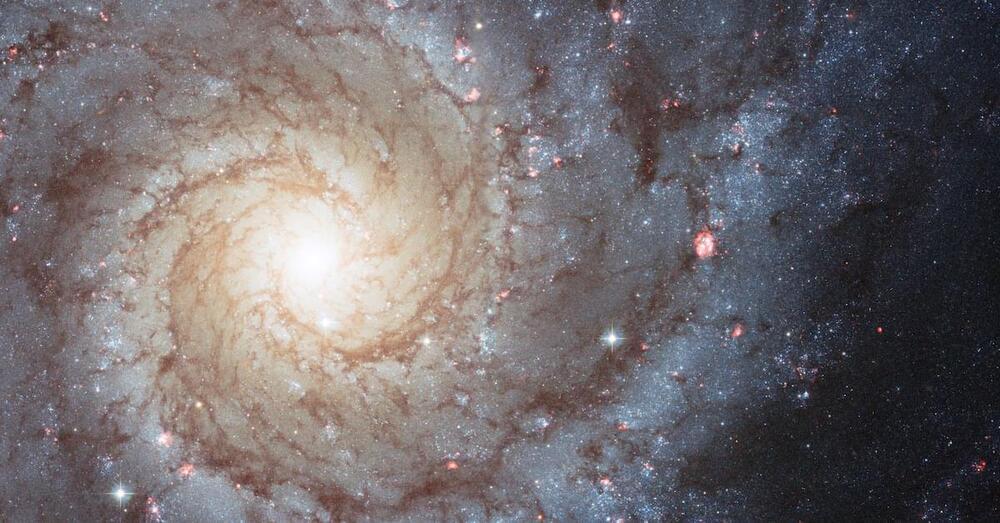
New research shows a direct interaction between dark matter particles and those that make up ordinary matter.
A new paper, published in the *Astronomy and Astrophysics* journal, discovered unexpected characteristics for the elusive dark matter that likely goes against our best theory of the universe — the Lambda-Cold Dark Matter model.
What is dark matter?
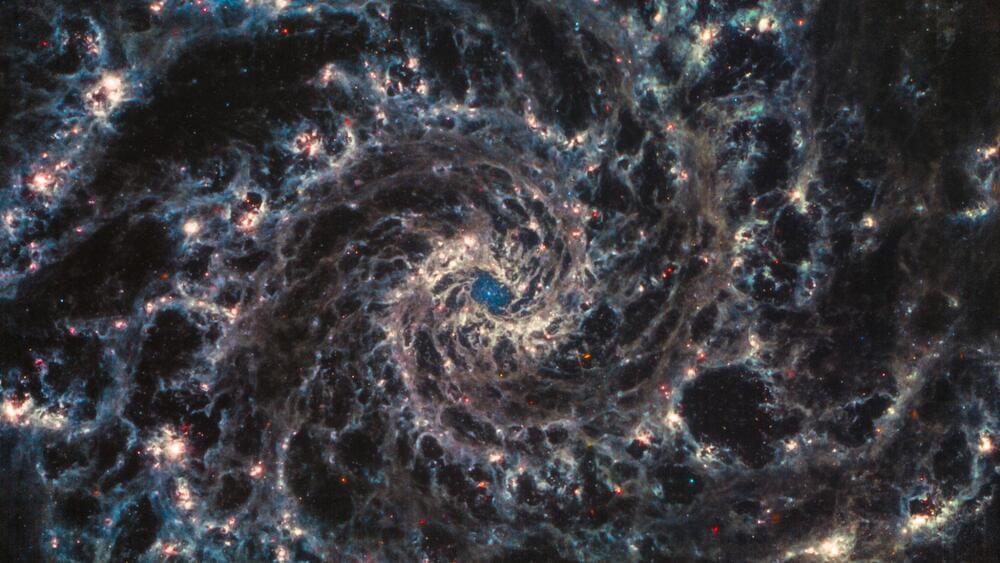
We’re only days into James Webb’s scientific operations, and the giant infrared observatory has already broken its own record for the most distant galaxy ever observed.
Last week, a team unearthed an observation of a galaxy that existed 400 million years after the Big Bang. This week, a new analysis revealed a galaxy a mere 235 million years after the Big Bang. It is located 35 billion light-years away from Earth.
James Webb peers further into the universe than ever before
The researchers behind the new discovery, from the University of Edinburgh, compiled a catalog of early galaxies observed by Webb to investigate the luminosity function of galaxies that formed shortly after the Big Bang. They hadn’t actually planned to observe the most distant galaxy known to humans, so the new finding was a happy accident.
